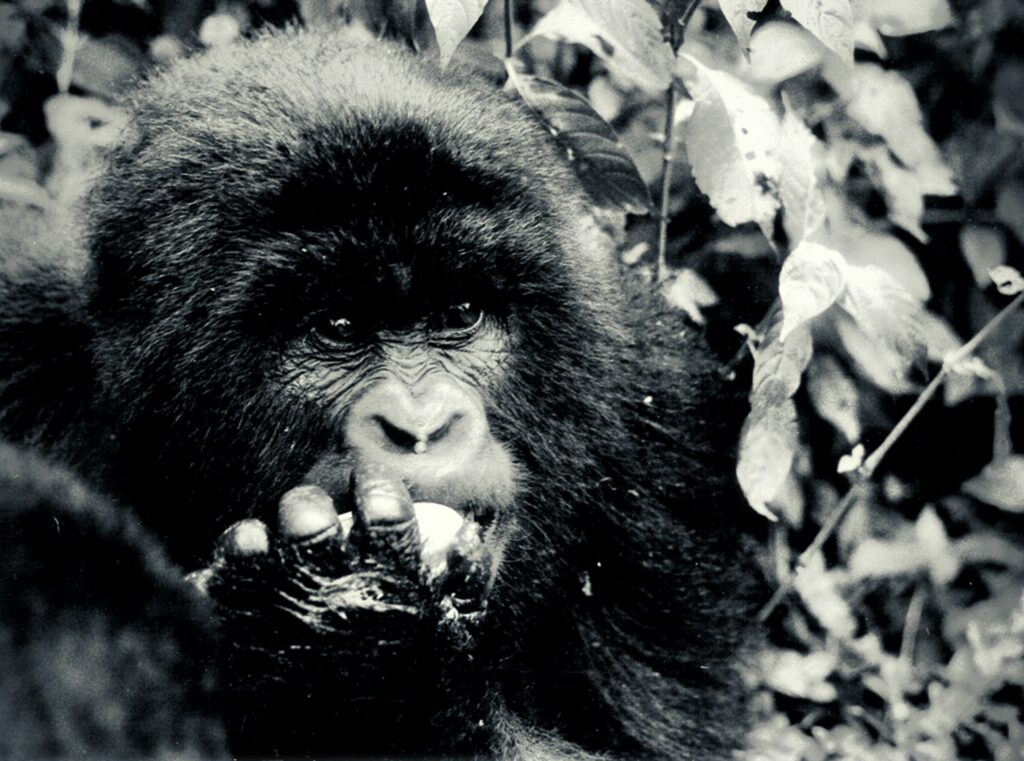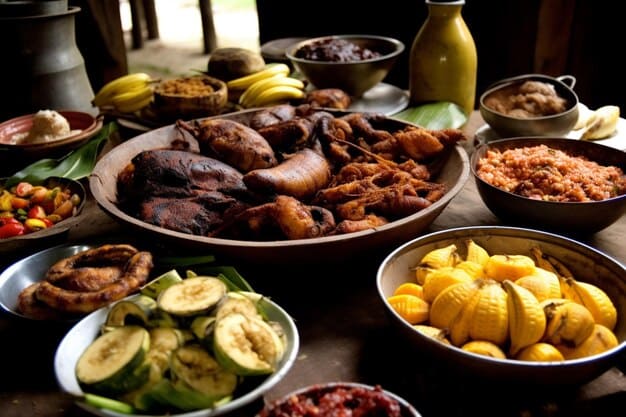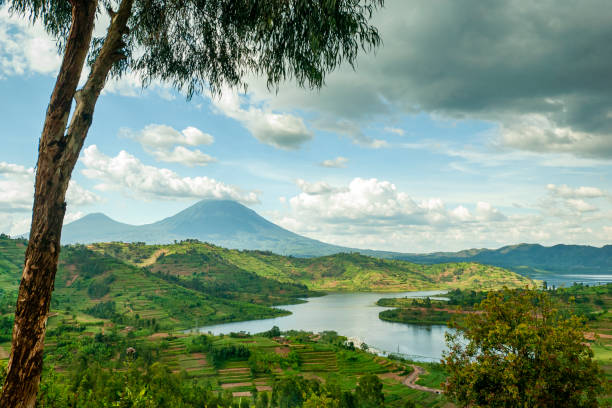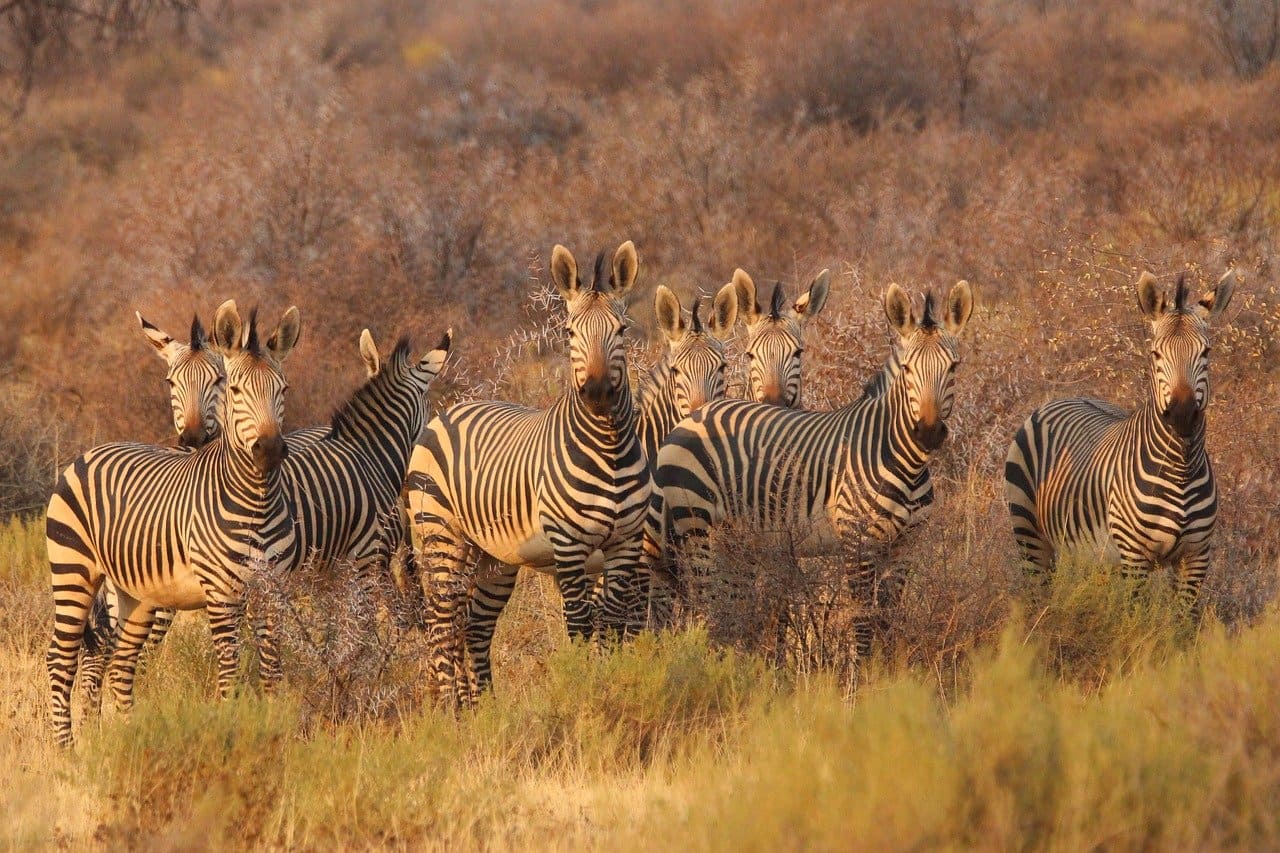For tourism in the Congo:
let’s first get acquainted with this country for a general idea.

The Democratic Republic of Congo (DRC) is an expansive nation, covering approximately 2,345,000 square kilometers. It is the 11th largest country globally, the second largest in Africa, and the largest in Sub-Saharan Africa. Its vast expanse is roughly equivalent to the size of Western Europe, situated centrally on the African continent. Despite its extensive landmass, the DRC boasts a modest 40 kilometers of coastline along the Atlantic Ocean, rendering it effectively landlocked. With a population exceeding 86 million, Kinshasa, the capital, is the most populous city in Central Africa, reflecting the nation’s significant demographic weight.
Historically, the DRC was a Belgian colony until it gained independence in 1960, initially named the Republic of Zaire. The country’s name was later changed under the leadership of General Mobutu Sese Seko, aiming for a more distinctly African identity. The Congo River, the second-longest river in Africa and the world’s deepest, primarily traverses the DRC, further enriching its diverse natural landscape. The country is endowed with abundant natural resources, including gold and diamonds, and is renowned for its vast, untapped tourism potential.
Why Tourism in Congo is Worth Considering
tourism in the Congo presents a unique blend of adventure and authenticity, often overshadowed by more conventional safari destinations. Congo safaris offer secluded experiences that promise unmatched encounters with nature. Here are some highlights:
Virunga National Park
Virunga National Park, located in the eastern DRC, is one of Africa’s most cherished safari destinations. Established in 1925, it is Africa’s oldest national park and a UNESCO World Heritage Site. Visitors can trek to see mountain gorillas—one of the park’s most renowned inhabitants. The park also features chimpanzee treks and guided forest walks, where one might encounter Okapi, forest elephants, and the active volcanoes, Mount Nyiragongo and Mount Nyamuragira.
Kahuzi-Biega National Park
Also in the eastern region, Kahuzi-Biega National Park is named after extinct volcanoes and was established in 1970 to protect the Eastern Lowland Gorillas. This UNESCO World Heritage Site offers opportunities to see elephants, chimpanzees, and a variety of bird species. The park is a haven for those interested in observing endangered wildlife in their natural habitat.
Salonga National Park
Spanning over 33,350 square kilometers along the Congo River Basin, Salonga National Park is Africa’s largest forest reserve. It safeguards a plethora of wildlife, including the rare slender-snouted crocodile and the enigmatic Bonobo. The park is also home to forest elephants and buffaloes, making it a key destination for nature enthusiasts.
Kinshasa City
Kinshasa, the capital and largest city, offers a vibrant urban experience. Established by Sir Henry Morton Stanley, the city is a hub of cultural and historical significance. Visitors can explore local markets, enjoy boat rides on the Congo River, and partake in culinary tours showcasing the city’s diverse food scene.
Lola Ya Bonobo
Lola Ya Bonobo is the world’s only sanctuary for orphaned Bonobos, offering a second chance to one of the rarest great apes. This 30-hectare sanctuary provides a unique opportunity to witness and support Bonobo rehabilitation efforts.
Okapi Wildlife Reserve
Established in 1992, the Okapi Wildlife Reserve protects the elusive Okapi and a variety of unique flora. It covers a significant portion of the Ituri Forest and is a UNESCO World Heritage Site, offering insights into one of the world’s most secluded wildlife habitats.
Lake Kivu
Straddling the border between Rwanda and the DRC, Lake Kivu is the sixth largest lake in Africa. It is surrounded by steep mountains and lush greenery, making it an ideal spot for relaxation and water-based activities.
When to Visit the Democratic Republic of Congo
The best time for tourism in the Congo is during the traditional dry season from May to September and January/February. These periods experience lower rainfall and higher temperatures, making outdoor activities like gorilla trekking and volcano climbing more enjoyable. However, the DRC’s vast size and varied terrain can make weather patterns unpredictable, so planning based on specific destinations and activities is advisable.
Cost of a Congo Safari
The cost of a Congo safari varies widely depending on the chosen activities, duration, accommodation, and transportation. The DRC is considered one of Africa’s more affordable safari destinations, even for high-cost activities such as gorilla treks. For example, a 3-day Congo Gorilla Safari starting from Kigali may range from $1200 to $2000 per person. Wildlife safaris in less frequented parks like Maiko or Garamba are often even more economical, costing between $500 and $700 per person per day.
Wildlife and Safety Considerations
The DRC is classified as one of the 17 Megadiverse countries, boasting nine national parks and eleven game reserves. These areas are teeming with a diverse array of species, including Bonobo chimpanzees, Congo peafowl, and Eastern Lowland Gorillas. While tourism in the Congo is generally safe, travelers should remain vigilant due to potential risks like political instability and health concerns. Vaccinations for COVID-19 and yellow fever are mandatory, with additional recommendations for Typhoid, Hepatitis, and Cholera.
Visa and Currency Information
To visit the DRC, travelers need a valid passport, visa, and yellow fever vaccination certificate. Tourist visas are typically valid for 90 days, with US citizens eligible for six-month visas. Tipping is customary but not mandatory, with recommended amounts ranging from $8 to $20 per person. Local currency is preferred, especially in remote areas lacking foreign exchange facilities.

Popular Foods in Congo
Food habits in the DRC are heavily influenced by regional availability. Those living near rivers rely on fish as a dietary staple, while inhabitants of tropical savannah regions favor meat-heavy dishes. Forest-dwelling communities often have more vegetarian options. Although this overview can’t cover every culinary delight of the DRC, it highlights 20 popular dishes that showcase the country’s gastronomic richness.
Popular Dishes of the DRC
Liboke
Liboke involves boiling fish seasoned with tomato, salt, and chili, then wrapping it in banana leaves. This cooking method imparts aromatic flavors from the leaves. Variations include chicken, pork, and squash.
Pondu
A staple throughout the DRC, Pondu is made from cassava leaves cooked with spices and oil. It is typically served with rice, Fufu, or plantains and can be enriched with beef, fish, or beans.
Fufu
Fufu is a ubiquitous staple with two main varieties: corn and cassava. Corn Fufu is made from corn flour, while cassava Fufu is made from dried, ground cassava, both forming a dough-like consistency.
Chikwange (Kwanga)
Chikwange, a cassava-based dish, involves an elaborate preparation process of soaking and boiling. It pairs well with vegetables or fish and is popular for outdoor meals.
Lituma
Lituma consists of boiled and pounded plantains, often enhanced with spices, and is a favored side dish in the equatorial regions.
Ndakala
Small dried fish known as Ndakala are commonly fried with chili and served with Fufu or Chikwange. They can also be mixed with vegetables and tomato sauce.
Makemba (Plantains)
Plantains are versatile and can be fried, boiled, or grilled. In urban areas, fried plantains are a popular fast food choice, sometimes rivaling French fries.
Fumbwa
Fumbwa is made from the leaves of Gnetum africanum, or African spinach, prepared with spices and peanuts, particularly in the western provinces.
Matembele
Matembele, made from sweet potato leaves, is easily prepared with spices and oil, making it a common, cost-effective vegetable option.
Mayebo (Mushrooms)
Mayebo refers to various mushrooms prepared in tomato sauce or palm oil, mixed with vegetables, or used in stews.
Mbinzo (Caterpillars)
Dried caterpillars, known as Mbinzo, are often cooked with onions and chili, and are a versatile ingredient in Congolese cuisine, frequently combined with dishes like Mayebo.
Mbika
Mbika is a flour made from squash seeds used to encase dishes, particularly those cooked in banana leaves, creating a texture similar to blood sausage.
Lumba-Lumba
Lumba-Lumba, with its mint-like flavor, is used in central Congo, sometimes cooked with chicken and chili.
Mbala (Sweet Potato)
Sweet potatoes, both sweet and unsweetened, are versatile in Congolese cuisine, suitable for boiling, sautéing, or cooking in tomato sauce with meats.
Tshomba Tsha Kabiola
This dessert combines fermented cassava, peanuts, milk, and sugar. The cassava is soaked, grated, and mixed with other ingredients, then chilled.
Mpiodi (Horse Mackerel)
Popular in Kinshasa, Mpiodi is an imported fish from Namibia, enjoyed fried, grilled, or in tomato sauce.
Cuisse (Frozen Chicken Thigh)
Larger, tender chicken thighs, often braised, have become a favorite in Congolese urban areas.
Chicken Mayo
A recent addition to Congolese cuisine, Chicken Mayo involves marinating chicken, grilling it, and finishing with mayonnaise.
Ya Jean
Smoked goat meat, or Ya Jean, is prepared by grilling seasoned meat and is often enjoyed with Chikwangue or fried plantains.
Poso (Poso ya Ngulu)
Poso consists of pork skin pieces marinated and smoked, served with chili powder and raw onions.
The gastronomy of the DRC is a vibrant tapestry, reflecting the country’s abundant natural resources and its diverse cultural heritage.

Exploring the culinary landscape of the Democratic Republic of Congo offers a fascinating glimpse into the heart of tourism in the Congo. The country’s vast and varied geography, from lush forests to sprawling savannahs, directly influences its diverse food culture. As tourism in the Congo grows, travelers are increasingly drawn to experience its unique culinary offerings, which reflect both the abundant natural resources and the rich cultural heritage of this expansive nation. From traditional dishes like Pondu and Fufu to innovative meals like Chicken Mayo, the DRC’s food scene is a vibrant testament to its complex and dynamic cultural tapestry.

